Full Guide To Calcite vs. Dolomite (This is the Difference)
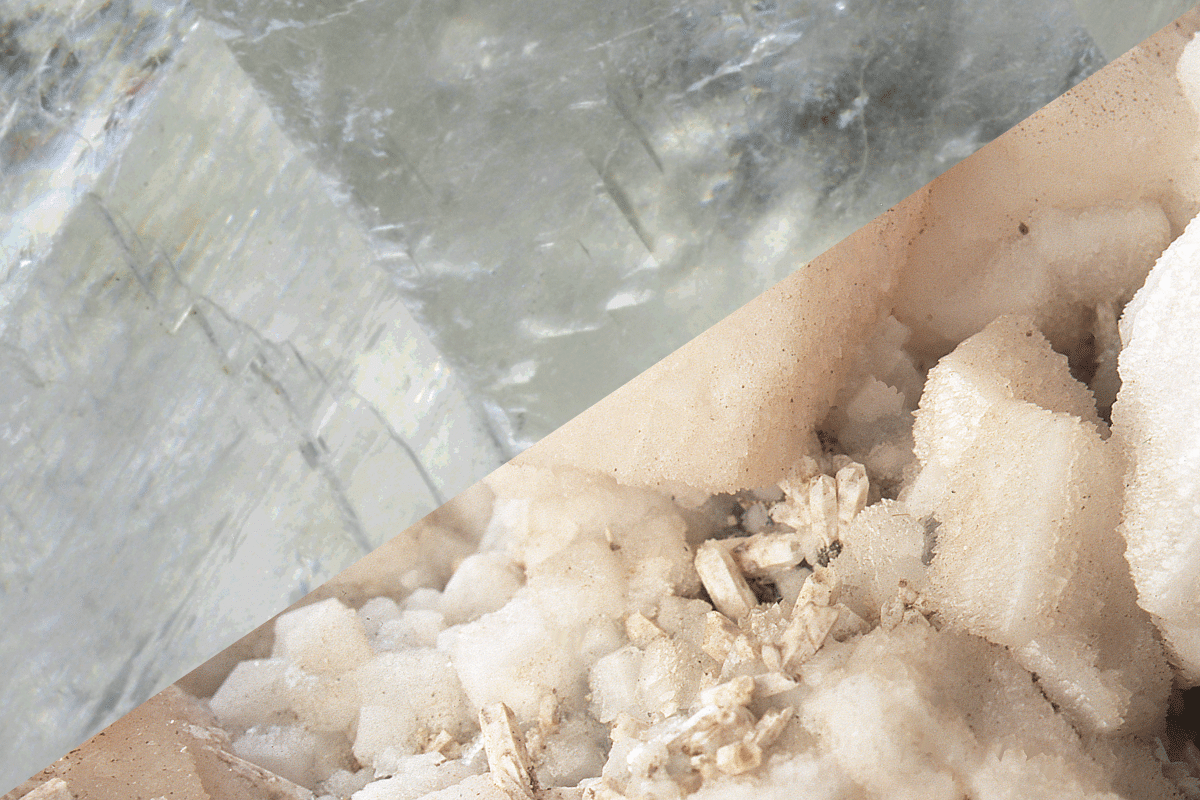
In order to work with our crystals effectively, we need to understand their properties. With crystals that look similar or have similar uses, such as calcite and dolomite, it can be difficult to determine which one to work with. The answer should always be; the one that you are drawn to the most. However, if you are looking to find the difference in physical appearance as well as metaphysical properties, you’ll find your answer here.
Dolomite is mostly made up of calcium carbonate and magnesium, while calcite does not have the latter. Dolomite is also slightly harder stone than calcite. Spiritually, calcite is mostly used as a cleansing stone, while dolomite helps connect to the divine.
Continue reading if you want to know more about the (physical) qualities of these stones, as well as how you can use them in your spiritual practice.
Also read: Calcite vs. Quartz: This Is The Difference
Want more help or information? If you have any more questions after reading this blog post or want a personal answer for your specific situation, join the free Facebook group! We promise you’ll get an answer from either our team members or a community member.
Calcite vs. Dolomite – How To Tell The Difference?
In order to understand the difference between these two stones, we can look at the color, shape, pattern, clarity, and more. Below we’ll describe all these aspects in detail.
Chemical Composition
Both calcite and dolomite are largely made up of calcium carbonate. In the case of calcite, this can be up to 99%. The rest of this mineral is made up of other substances, which often cause a difference in color. For green calcite, for example, there is malachite present.
For dolomite, this percentage of calcium carbonate is lower, as this mineral also contains magnesium. Dolomite is often white or colorless, like calcite, but can also be pink, red or brownish as the result of the presence of iron.


Color
Pure calcite is colorless or white. However, calcite is often found with impurities leading to a wide array of colors like pink, green, brown, blue, yellow and orange. Green calcite is the result of the presence of malachite, blue that of copper, pink of manganese, and orange is caused by hematite.
Dolomite also comes in a variety of colors including white, pink, gray, green and brown. The colors are the result of different levels of iron present, as well as weathering.
Also read: Celestite vs. Blue Calcite: This Is The Difference
Clarity, Refraction and Luster
Both minerals can be transparent, opaque, or translucent, depending on the number of impurities. However, calcite is different in that when light passes through it, it will reflect double. As a result, if you place an object behind calcite, and look through two of its sides, it will look like there are two objects. Dolomite does not have this. Below, you’ll find a demonstration of this double refraction using red lines.

In terms of their luster, dolomite often has a pearly shine, but can also be glass-like, while calcite is often more waxy (and feels like that too!).
Hardness
Then there is also there’s stones’ hardness. Dolomite is slightly harder than calcite, scoring 3.5- 4 while calcite scores 3 on the hardness scale.
If you’re unfamiliar, the Mohs scale of hardness determines a stone’s hardness by measuring how scratch-resistant it is. According to this scale, a stone can scratch any other mineral with a lower score. For reference, talc is a 1, whereas diamond is a 10.
To test if a mineral is calcite or dolomite, you can use a copper penny. This material rates around a 3.5 on the Mohs scale. As a result, it should just be able to scratch calcite, but not dolomite.
Location
Calcite is a common mineral found in most parts of the world in all three types of rock: Igneous, metamorphic, and sedimentary.
Igneous rocks are the result of magma that has cooled, metamorphic rocks are ones that, as a result of heat and pressure, turn into a different type of rock, and sedimentary rocks are small pieces of different rocks that form a new one. The most notable areas where calcite is found are Russia, Mexico, Brazil, and China.
Dolomite is only found in sedimentary rock types and is mostly found in Brazil, Austria, and Italy.
Also read: Calcite vs. Quartz: This Is The Difference
Care
Neither of these two should be cleaned using water, as they rate lower than 5 on the Mohs scale. Leaving these two to soak will either dissolve or break them.
Additionally, as both stones are calcium carbonates, they will react to acid treatments. This is especially true for dolomite.
The best way to clean them is either dusting them off or using a damp towel. Make sure to dry them afterward.
If you are using these stones for their metaphysical properties, you might want to consider energetically cleansing and recharging these stones.
The reason for this is that these stones absorb low vibrations. Every month or so, you want to remove these energies from the stone so you can continue to use it. After cleansing, it is recommended you also recharge the stones to make sure they are full of positive energy to share with you.
The stones can be cleansed and recharged using sun or moonlight, sound, and cleansing crystals like clear quartz or selenite.
(Meta)physical Healing Properties
Beware that crystals are never a replacement for professional medical help. If you have any issues, see a doctor first and follow their advice.
Calcite is often used for its ability to calm the mind and enhance analytical thinking. The stone’s association to the third eye chakra improves insight and intellectual abilities. It also improves memory, encourages action and removes energy blockages.
The stones’ connection to the fire element will heighten the vibrational energies and assist energy movement throughout the body. It also facilitates communication to angelic realms, as well as enhancing psychic abilities.
Depending on the color of the calcite, it will have additional associations and properties, which we will discuss below.
On the other hand, dolomite is also full of healing energies. The stone soothes and eliminates feelings of failure, lack of motivation, and uncertainty. It is also great for creativity, authenticity, and stamina.
Dolomite will not only uplift you, but also encourage generosity, and peace and tranquility. Dolomite aligns the chakras, and is particularly beneficial to the heart chakra to bring in love and optimism in your life. As a result, it is a reliable stone during sorrow and difficult times. It will help you develop trust and confidence in yourself.
Physical Healing Properties
Calcite also has immense benefits to the physical body. The stone is used in detoxifying body organs like lungs and kidneys. It is also useful in calcium absorption and healing bone and skeletal system-related diseases, intestinal and skin diseases. The stone fortifies the body’s immunity, enables tissue healing and aids blood clotting.
Dolomite helps with illnesses related with adrenal glands, and the reproductive system. The stone is also used to treat muscle pain and strengthen bones and teeth. Dolomite also aids in the oxygenation of the cells and lungs and metabolism. It is a good stone for insomnia and irregular sleep patterns.
Again, please keep in mind that crystals are not a replacement for professional medical help.
Also read: Celestite vs. Blue Calcite: This Is The Difference
Chakra Association
Both of these stones are with the entire chakra system, depending on the color. Below we’ll quickly go over the chakras, what they represent, and what color crystal is connected to them.
First is the root chakra, located at the base of the spine. The chakra connects the body, mind and soul to the earths energies. It provides safety, security, and grounding. The chakra is represented by red, but dark crystals, like black, are a good match too.
Next is the sacral charka, located 3 inches below the navel. It is the chakra associated with emotions, passion, creativity, and sexuality. It is represented by orange.
The third chakra is the solar plexus, located in the upper part of the naval region. It is associated with personal power, confidence, and joy. It is represented by yellow.
The center of the chakra system is the heart chakra, located in the middle of the chest. It is associated with love, compassion, and empathy. Green and pink are used to represent this chakra.
Moving up, we have the throat charka. It’s associated with self-expression and communication. It is located at the throat area and is represented by blue.
In the area between the eyebrows, we’ll find the third eye chakra. This energy center is associated with wisdom and intellect, and is represented by indigo.
Lastly is our crown chakra. It is located at the top of our heads and acts as a direct connection to the divine. It is represented by violet, but white and clear crystals work perfectly too.
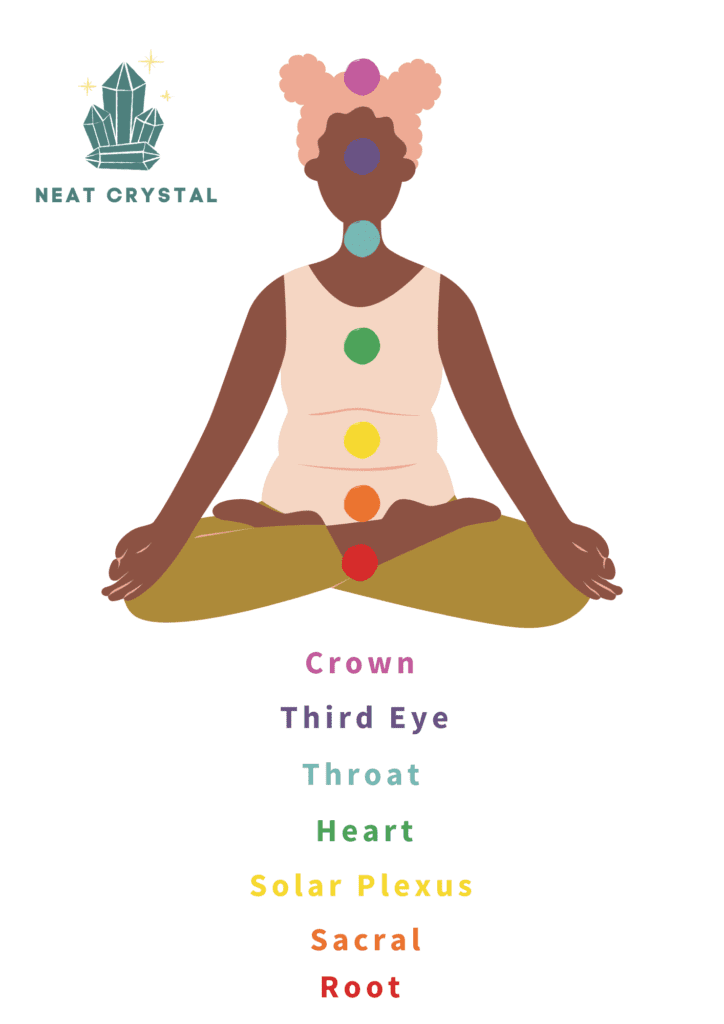
Element Association
Many cultures have developed the idea of elements to explain nature. In the west, this idea was created by the ancient Greeks and consisted of 4 elements: Earth, Air, Fire, and Water.
By looking at a crystal’s or gemstone’s properties, we can determine which element fits best. As calcite and dolomite come in various colors with different properties, they are associated with different elements.
The red stones are connected to the fire element. This element signifies desire, passion and power. It is associated with energies of the sun, and believed to be the first element of nature to be created. Fire is also a transformative element. Its combination with other elements can lead to change or destruction. The fire element is associated with Mars, the planet of change and action. It is also associated with zodiac signs, Sagittarius, Leo and Aries.
Blue and pink are some colors associated with the water element. It represents clarity, healing, and rebirth. It is the calmest of the four elements. Water holds a lot of significance and is used for purification and cleansing properties. It is associated with Venus, the planet of beauty and pleasure. It is also associated to the zodiac signs, Pisces, Scorpio and Cancer.
Yellow and white are used to represent the air element associated with knowledge and communication. It governs the mind and resides within the heart and throat chakras. This element is associated to the zodiac signs, Aquarius, Libra and Gemini.
Green, brown, and orange are associated with the earth element. This is a feminine energy element associated with security, stability, growth, health and fertility. The element is the most stable and grounded of all elements.
The earth element is associated with Saturn, the planet of karma. The element is also associated with zodiac signs Virgo, Capricorn and Taurus.
Zodiac Association
Neither calcite nor dolomite is a birthstone. However, calcite is associated with the sign of cancer, who will benefit from them, regardless of color. For example, a green calcite will help the zodiac deal with their emotions and facilitate physical healing. Blue calcites will be great for mental health, creativity and energy flow in the body.
Dolomite, on the other hand, is associated with Aries. Its association to Mars makes it a fierce and ambitious sign. It is also prone to comparison, burn out and anger. Dolomite steps in to help the sign reach their goals and manage their expectations and anger.


Planetary Association
Calcites’ ruling planets will differ, depending on the color. However, most commonly, this stone is associated with the moon. The planet presides over our emotions, instincts and feelings. The influence of the moon introduces elements of empathy, sensitivity and care. The moon also rules over the Cancer zodiac sign.
Dolomite is ruled by the planet Mars. Mars is associated with energy, passion, sexuality and temper. The planet encourages determination, ambition and action. It avails the energies necessary to reach your goals. Its energies are seen on the outward personality of a person.
Numerical Vibration
Calcite vibrates at 8, while dolomite has the vibration of the number 3.
The number 8 indicates qualities like determination, assertiveness, responsibility, and indicates infinite possibility. In business, the number will introduce skill leading to wealth and growth. Spiritually, the number represents success and achievements. It can also be used to represent power and authority. Stones of the number 8 can help you with creating or making use of these qualities.
The number 3 in numerology represents confidence and high esteem. This number is used as a message to stay positive and take control over our lives.
The number is also associated with knowledge, peace and harmony. People associated with this number show confidence, self-expression and high levels of wisdom and creativity. Three brings focus, abundance, wealth and optimism.
Best Combinations
Combining crystals helps amplify each stones’ qualities, as well as allow them to work together. Belwo, we’ll outline some interesting options for you, for both calcite and dolomite.
- Blue calcite can be used together with amethyst for increased productivity, balance, and mental clarity.
- Green and red calcites can be used for healing in the heart chakra. The combination opens and activates the chakra leading to overall emotional well-being, transformation, forgiveness and empathy.
- Calcite used together with blue apatite fortifies the immune system and cleanses the body. The pair is also a great remedy for skin and intestine-related illnesses.
- Dolomite in combination with grounding stones, such as black tourmaline or smoky quartz can help with feelings of anxiety and make you feel more comfortable in your surroundings.
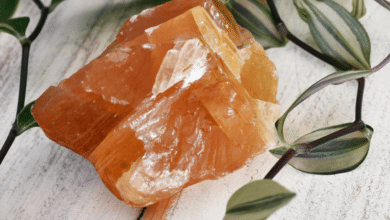


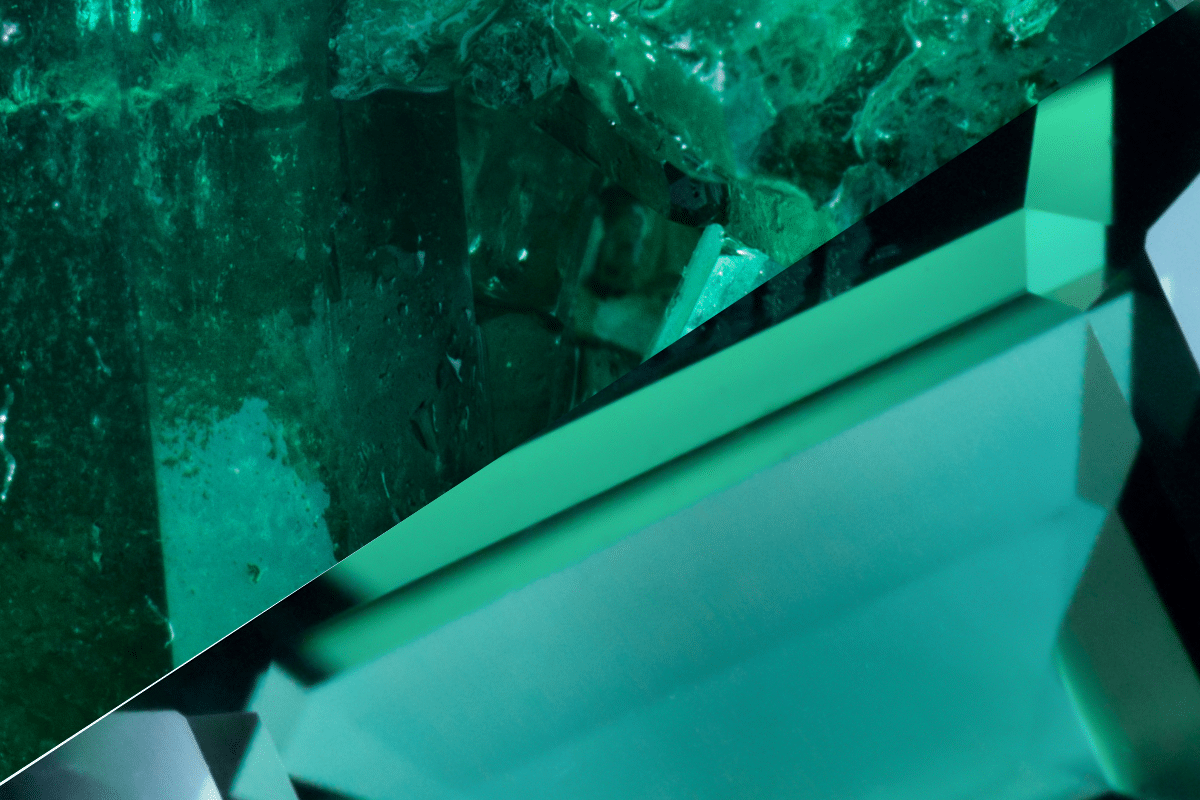

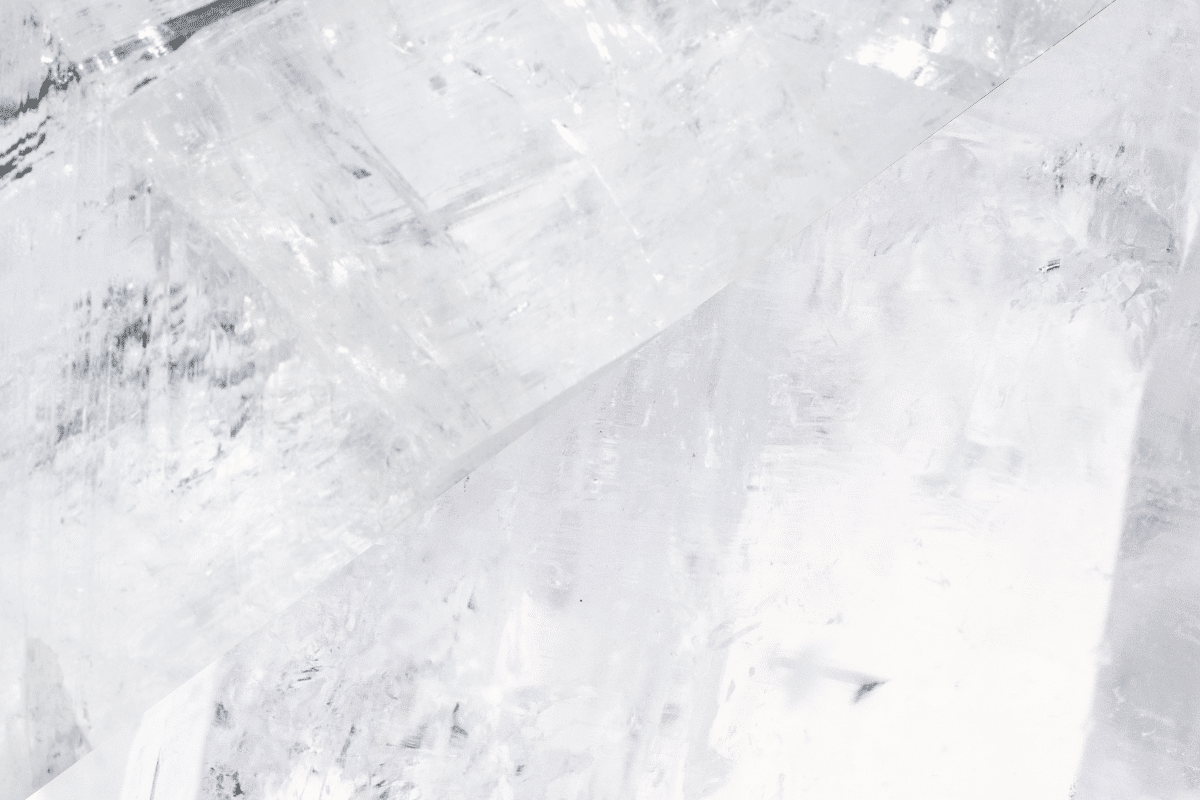

One Comment